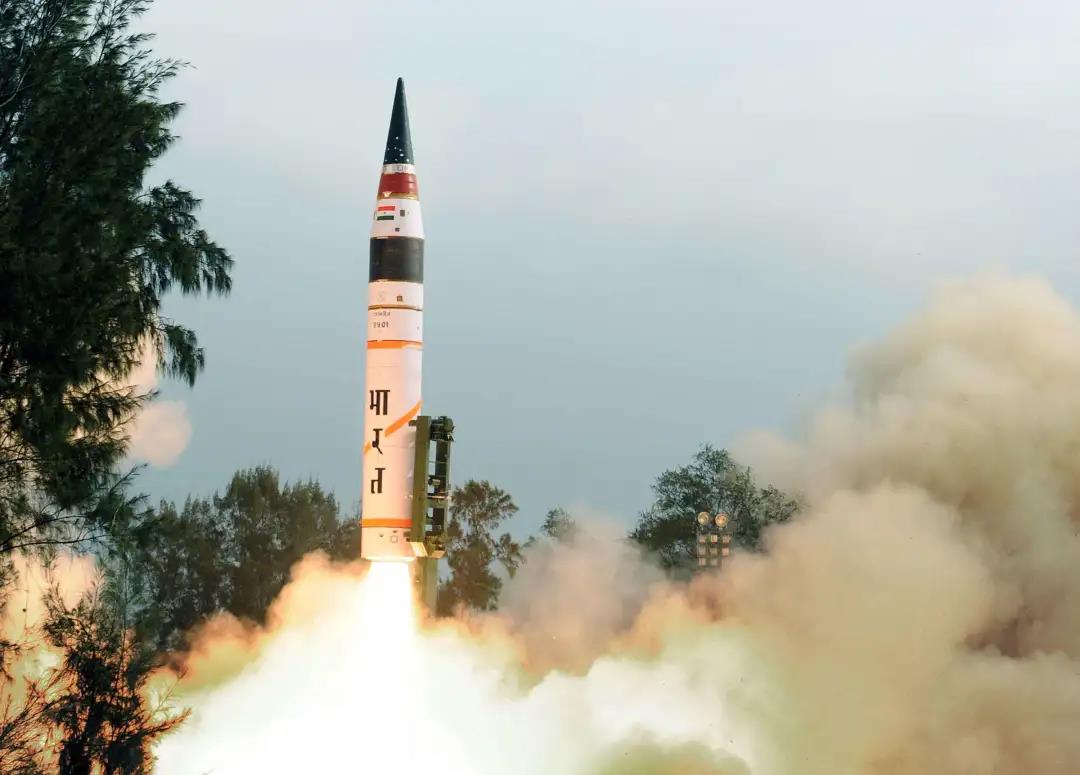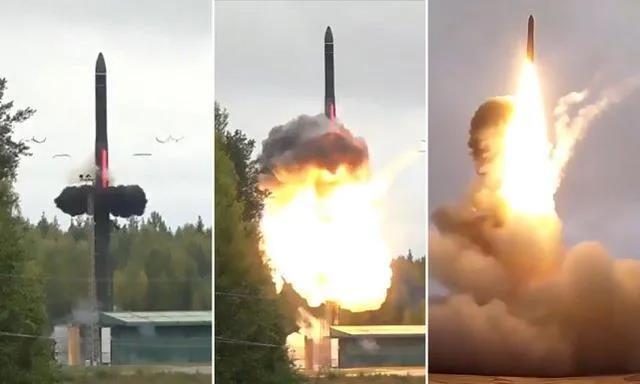India has successfully launched a "Agni 5" ballistic missile with a range of 5000 kilometers

For a long time, only a few countries such as the United States, Russia, France, China, and the United Kingdom have been able to manufacture intercontinental ballistic missiles in the world today. But now we need to add another country, and that country is India.
According to Global Times, India recently successfully launched a "Agni 5" ballistic missile with a range of 5000 kilometers, which can cover the entire region of China. The report stated that the missile landed in the Bay of Bengal at a speed of 24 Mach.
It is understood that the location of India's test launch is on Wheeler Island on the east coast of India, which is also a missile launch site frequently used by India. The range of the Agni 5 missile tested exceeds 5000 kilometers, and the farthest distance from Wheeler Island to the Bay of Bengal is about 4000 kilometers. Therefore, the Agni 5 missile tested by India this time is likely to achieve the full range of the missile through a full range high ballistic test.

This should be the final test launch of the Agni 5. Prior to this, the Agni 5 missile had already undergone multiple test launches, gradually completing tests and validations of multiple missile technologies, including the first engineering test and full system engineering verification. This also officially represents that India has acquired intercontinental ballistic missiles.
In fact, the range of intercontinental missiles is between 5000 kilometers and 12000 kilometers, and the launched Agni 5 intercontinental missile can only be considered a quasi intercontinental missile. But this is also enough to make India happy for a while. Among them, Indian media are even more excited, claiming that this is a strong message sent to China.
Not only that, there are also numerous other models of Agni missiles stored in India's arsenal. Among them, there are 700 kilometers of fire 1, 2000 kilometers of fire 2, 2500 kilometers of fire 3, and 3500 kilometers of fire 4. From the distance of the range, it can be seen that the Agni 1/2/3 is used to strike Pakistan, while the latter is used to deter China.
Moreover, the timing of India's test launch of the Agni 5 missile is also very delicate, as it coincides with the renewal of the Sino Russian missile and rocket mutual notification agreement.

According to Global Times, the Russian State Duma recently held a meeting and officially approved the extension of the agreement between China and Russia on mutual notification of ballistic missile and space rocket launches for ten years, with the agreement's validity period extended until December 16, 2030.
Obviously, India's decision to test launch intercontinental ballistic missiles on the same day is a challenge to the China Russia missile and rocket interoperability agreement.
Although it is clear from the currently released information that the level of the Agni 5 missile test launched by India is only equivalent to the Dongfeng-31 missile developed by China in the 1990s, and the range is even shorter, it cannot achieve the same mobile launch capability as the Dongfeng-31 missile. However, with the successful test launch of the Agni 5 missile by India, it will undoubtedly further accelerate India's research and development work on intercontinental ballistic missiles. In the near future, India's intercontinental ballistic missiles will usher in new breakthroughs.

Although we have always viewed India with a playful attitude, we have to admit that India does have some strength. After decades of development, it has a foothold in the military technology field. Therefore, our country cannot take it lightly and must do necessary preventive work.
Source: Military Intelligence of Strong Countries